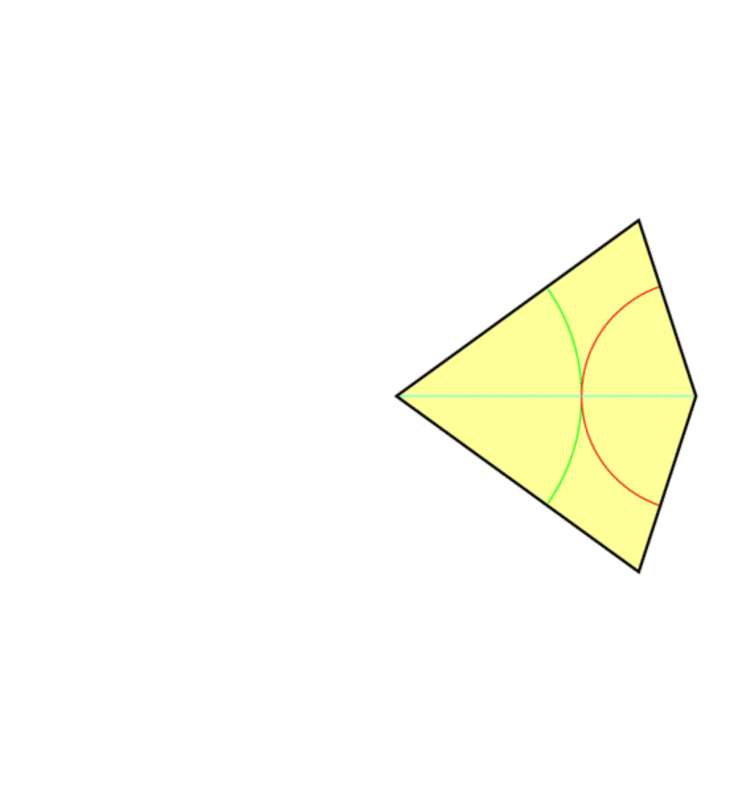Remember the graph paper you used at school, the kind that’s covered with tiny squares? It’s the perfect illustration of what mathematicians call a “periodic tiling of space”, with shapes covering an entire area with no overlap or gap. If we moved the whole pattern by the length of a tile (translated it) or rotated it by 90 degrees, we will get the same pattern. That’s because in this case, the whole tiling has the same symmetry as a single tile. But imagine tiling a bathroom with pentagons instead of squares – it’s impossible, because the pentagons won’t fit together without leaving gaps or overlapping one another.
Is every human voice and fingerprint really unique?
Barclays, the UK bank, is to replace the password system on its phone banking service with personal voice recognition. “Unlike a password, each person’s voice is as unique as a fingerprint,” said Steven Cooper, Barclays' head of personal banking. Yet the reality is we have no idea whether either fingerprints or voices are unique at all.
Graphene isn’t the only Lego in the materials-science toy box
You may have heard of graphene, a sheet of pure carbon, one atom thick, that’s all the rage in materials-science circles, and getting plenty of media hype as well. Reports have trumpeted graphene as an ultra-thin, super-strong, super-conductive, super-flexible material. You could be excused for thinking it might even save all of humanity from certain doom.
Explainer: how dangerous is turbulence… and can it bring down a plane?
Why lightsabers would be far more lethal than George Lucas envisioned
Research is an unpredictable process. Sometimes you end up making a really cool discovery that you didn’t see coming. I recently uncovered a fundamental property of lightsabers (that’s right – the awesome weapons from Star Wars) while doing my regular plasma physics research. I found that, while it is in theory possible to build a lightsaber, it’s likely it would be the most dangerous weapon ever created – both for the perpetrator and the victim.
How to build a time machine
Every now and again, we all indulge in dreams about travelling in time. Wouldn’t it be wonderful to return to that specific point in the past to change a bad decision or relive an experience – those halcyon days of childhood, that night you won an Oscar – or to zip ahead to see how things turn out in the far future.
What is time – and why does it move forward?
Imagine time running backwards. People would grow younger instead of older and, after a long life of gradual rejuvenation – unlearning everything they know – they would end as a twinkle in their parents' eyes. That’s time as represented in a novel by science fiction writer Philip K Dick but, surprisingly, time’s direction is also an issue that cosmologists are grappling with.
Timeline: the history of gravity
Corals, crochet and the cosmos: how hyperbolic geometry pervades the universe
We have built a world of largely straight lines – the houses we live in, the skyscrapers we work in and the streets we drive on our daily commutes. Yet outside our boxes, nature teams with frilly, crenellated forms, from the fluted surfaces of lettuces and fungi to the frilled skirts of sea slugs and the gorgeous undulations of corals.
Explainer: what is antimatter?
Antimatter was one of the most exciting physics discoveries of the 20th century. Picked up by fiction writers such as Dan Brown, many people think of it as an “out there” theoretical idea – unaware that it is actually being produced every day. What’s more, research on antimatter is actually helping us to understand how the universe works.
Seeing Earth from space changes you – and you don’t even have to leave the planet
Explainer: what is mass?
How we discovered that the Earth’s inner core is older than previously thought
Explainer: what are fundamental particles?
It is often claimed that the Ancient Greeks were the first to identify objects that have no size, yet are able to build up the world around us through their interactions. And as we are able to observe the world in tinier and tinier detail through microscopes of increasing power, it is natural to wonder what these objects are made of.
Is glass a solid or a liquid?
Can Christmas tree lights really play havoc with your Wi-Fi?
Einstein’s folly: how the search for a unified theory stumped him to his dying day
How Einstein’s general theory of relativity killed off common-sense physics
Gravity ties our bodies to planet Earth but it does not define the limits of the soaring human mind. In November 1915 – exactly one century ago – this was proven to be true when Albert Einstein, in a series of lectures at the Prussian Academy of Sciences, presented a theory that would revolutionise how we view gravity – and physics itself.












